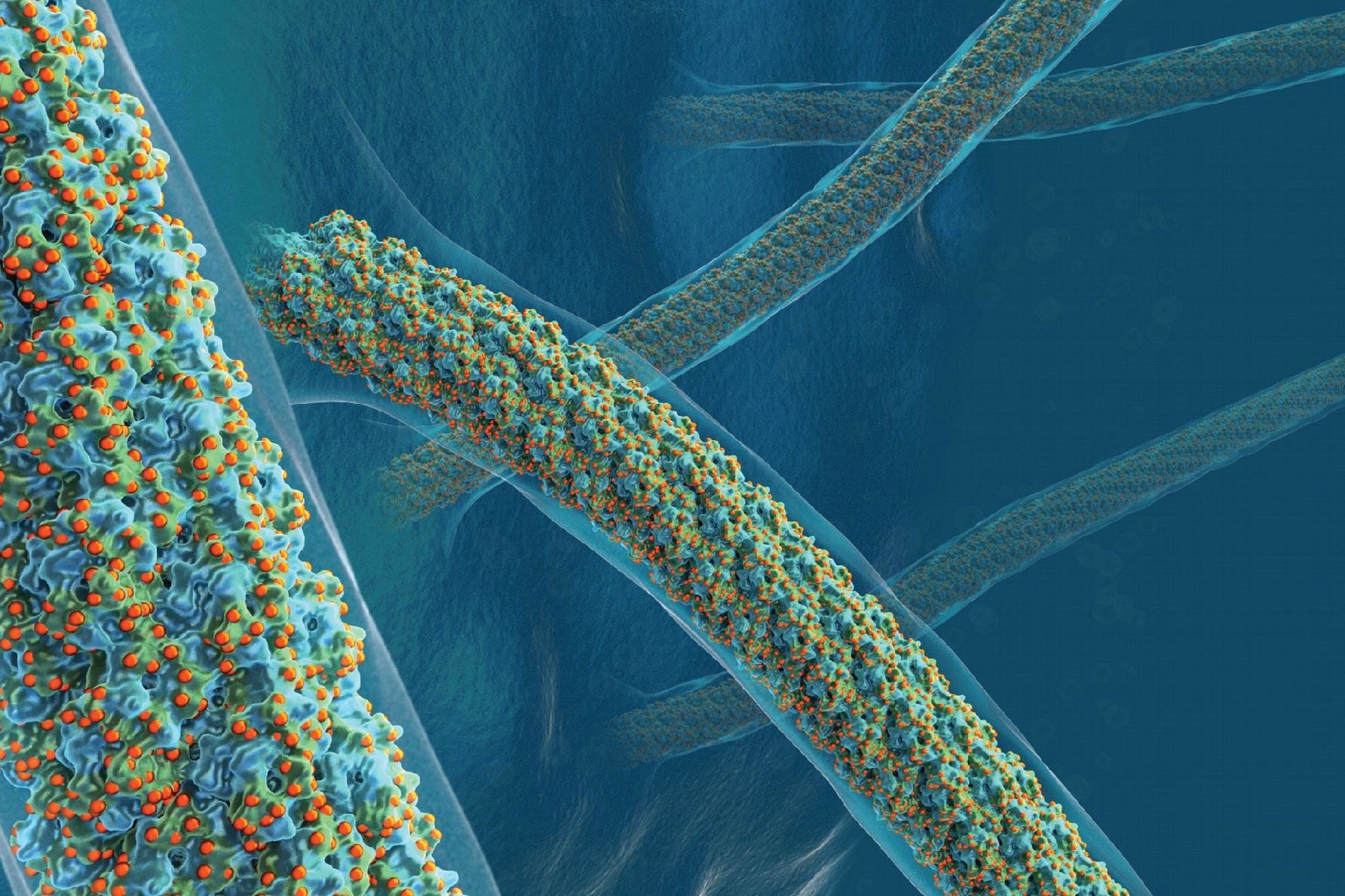
A new discovery from the University of Virginia School of Medicine reveals how sugars could be used to make almost indestructible cloth and other materials.
Nature figured it out long ago, but the answer has been hidden away in bubbling baths of acid.
Amazing Extremophiles
In certain acidic hot springs, even volcanic hot springs, ancient single-celled organisms live in conditions far too extreme for most other forms of life. They have tiny appendages called pili that are so tough that they resisted UVA scientists' numerous efforts to break them apart to learn their secrets.

The researchers tried several other approaches before throwing up their hands and turning to cryo-electron microscopy, which allows them to image submicroscopic things almost down to individual atoms. What they found was shocking.
"There's just a huge amount of sugar covering the entire surface of these filaments in a way that has never been seen before," Egelman said. "These bugs have devised a way to just use massive amounts of sugar to cover these filaments and make them resistant to the incredible extremes of the environment in which they live."
You might liken the sugar coating to a hard sugar shell on a candy apple. The outer sugar shell is much harder than what it surrounds. In this case, though, the sugars were arranged in such a stable fashion that even acid can't dissolve them.
"These pili, which are protein filaments, normally would be very sensitive to heat, acid and enzymes, but coating it in sugars make it almost indestructible," Egelman explained. "There's a lot of evidence showing that adding small numbers of sugars can increase the stability of drugs and other protein structures, but no one, as far as we know, has ever seen this massive amount ... to the point where something is almost indestructible."



Reader Comments
Oh..... the military would be interested. This could have been my first line of text.
R.C.
"The Man In The White Suit"